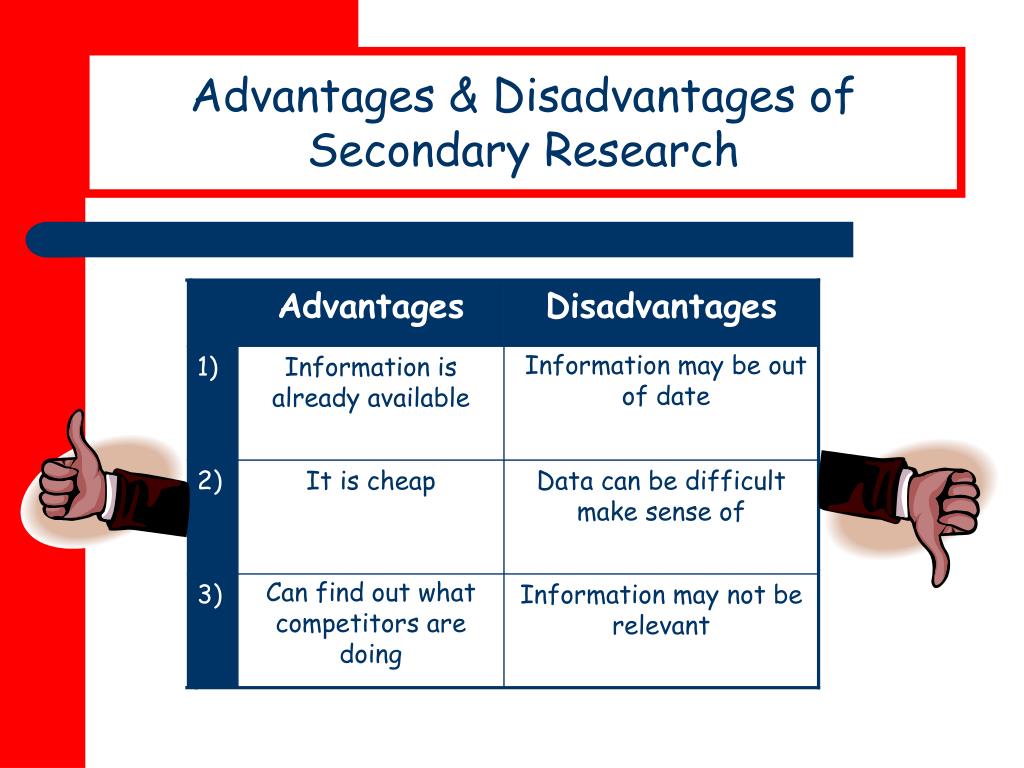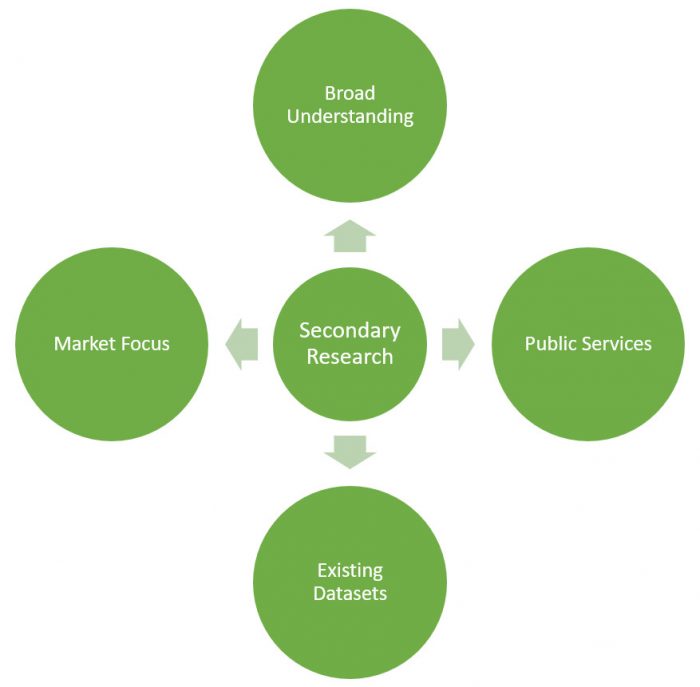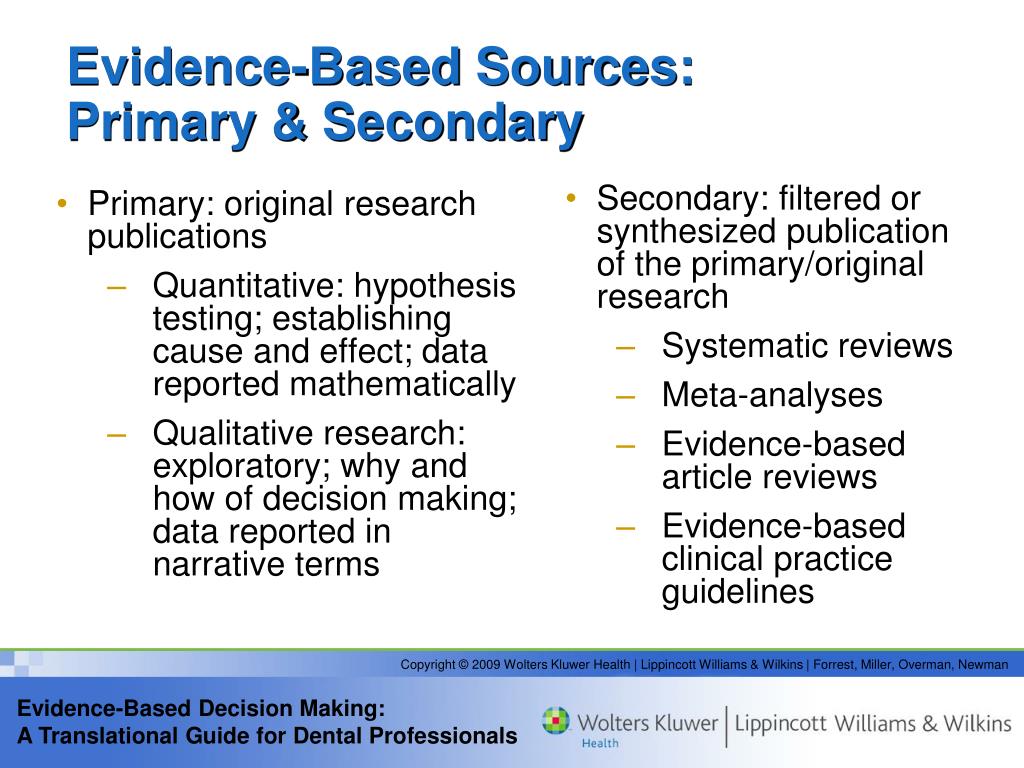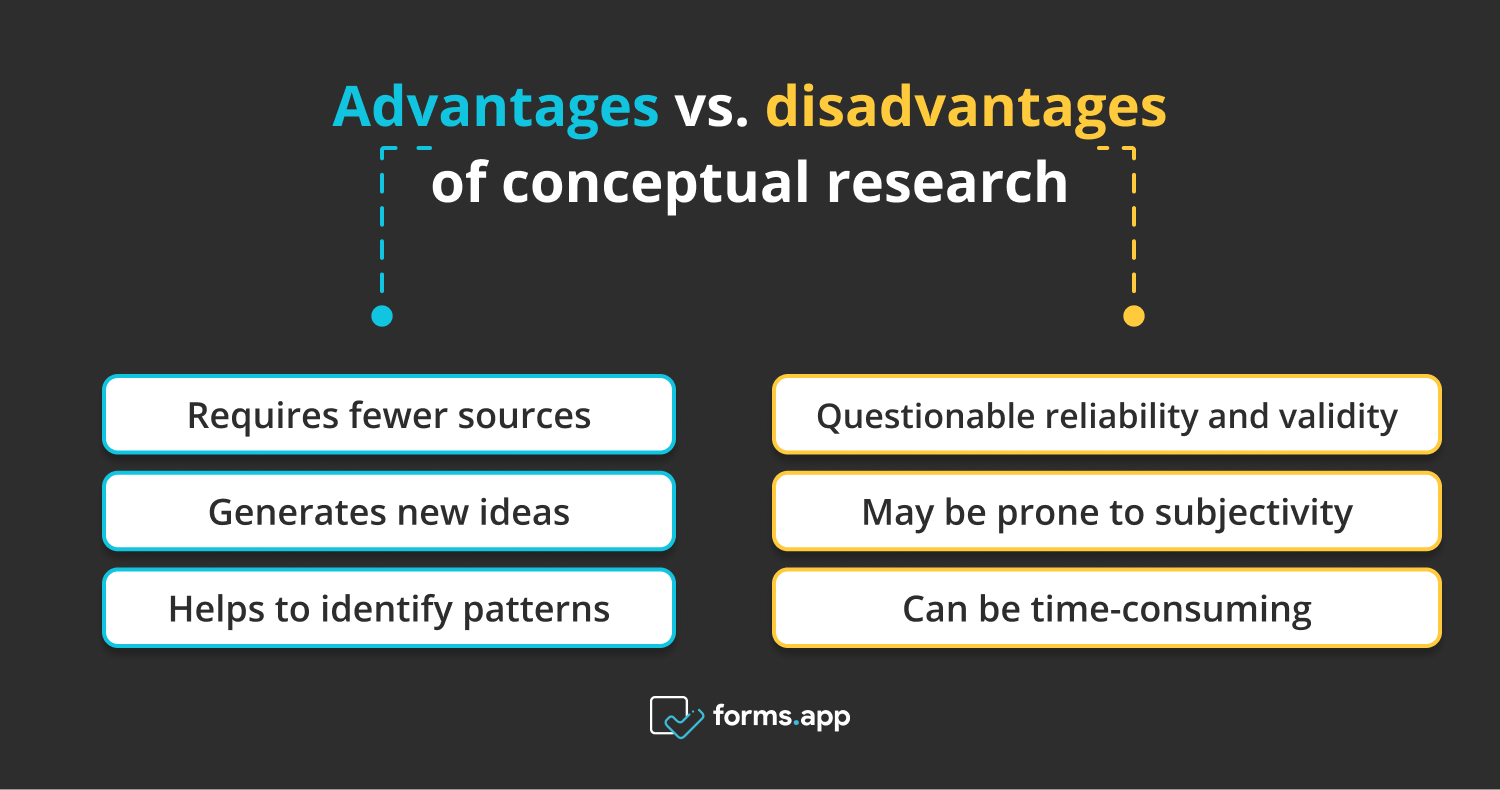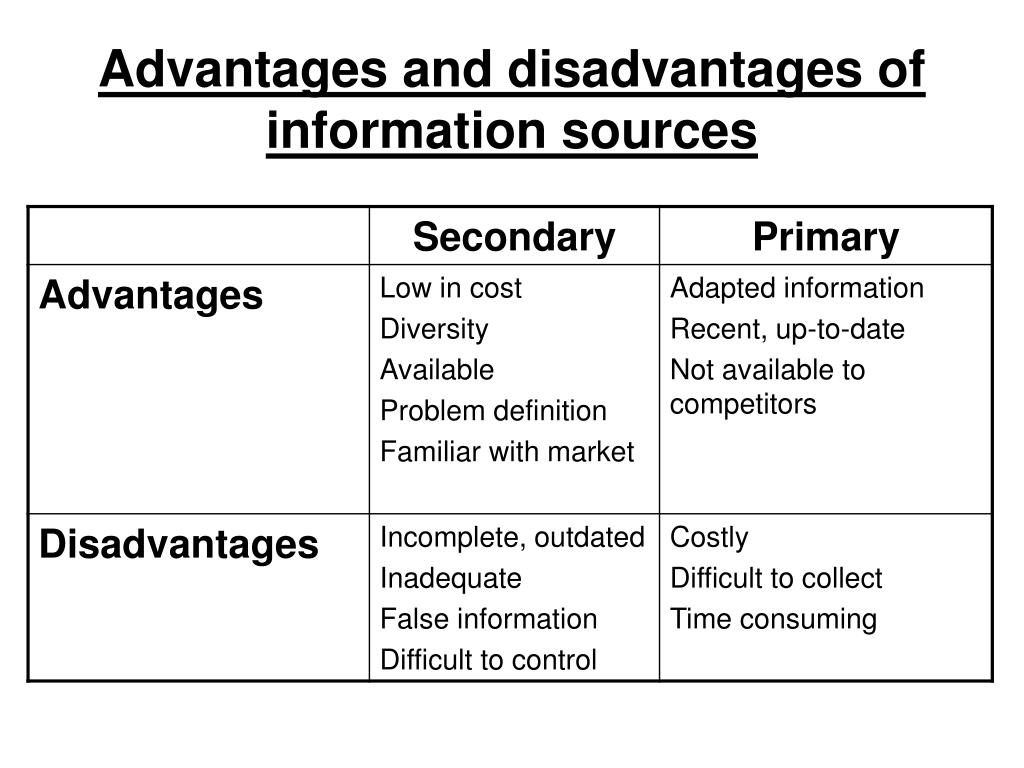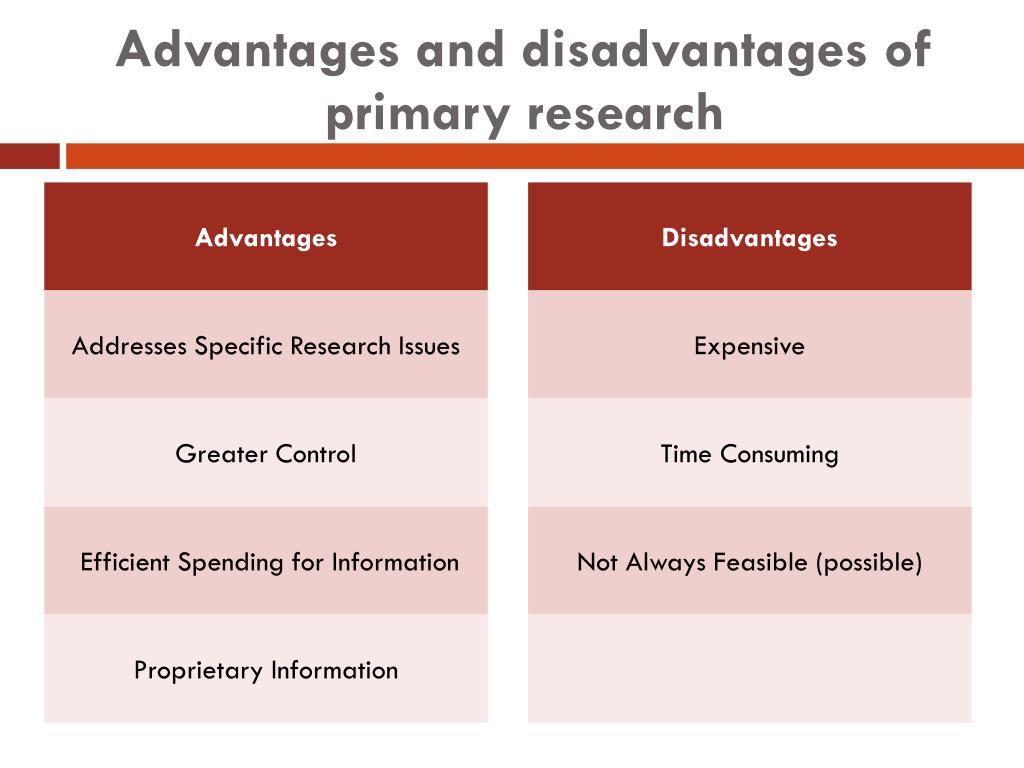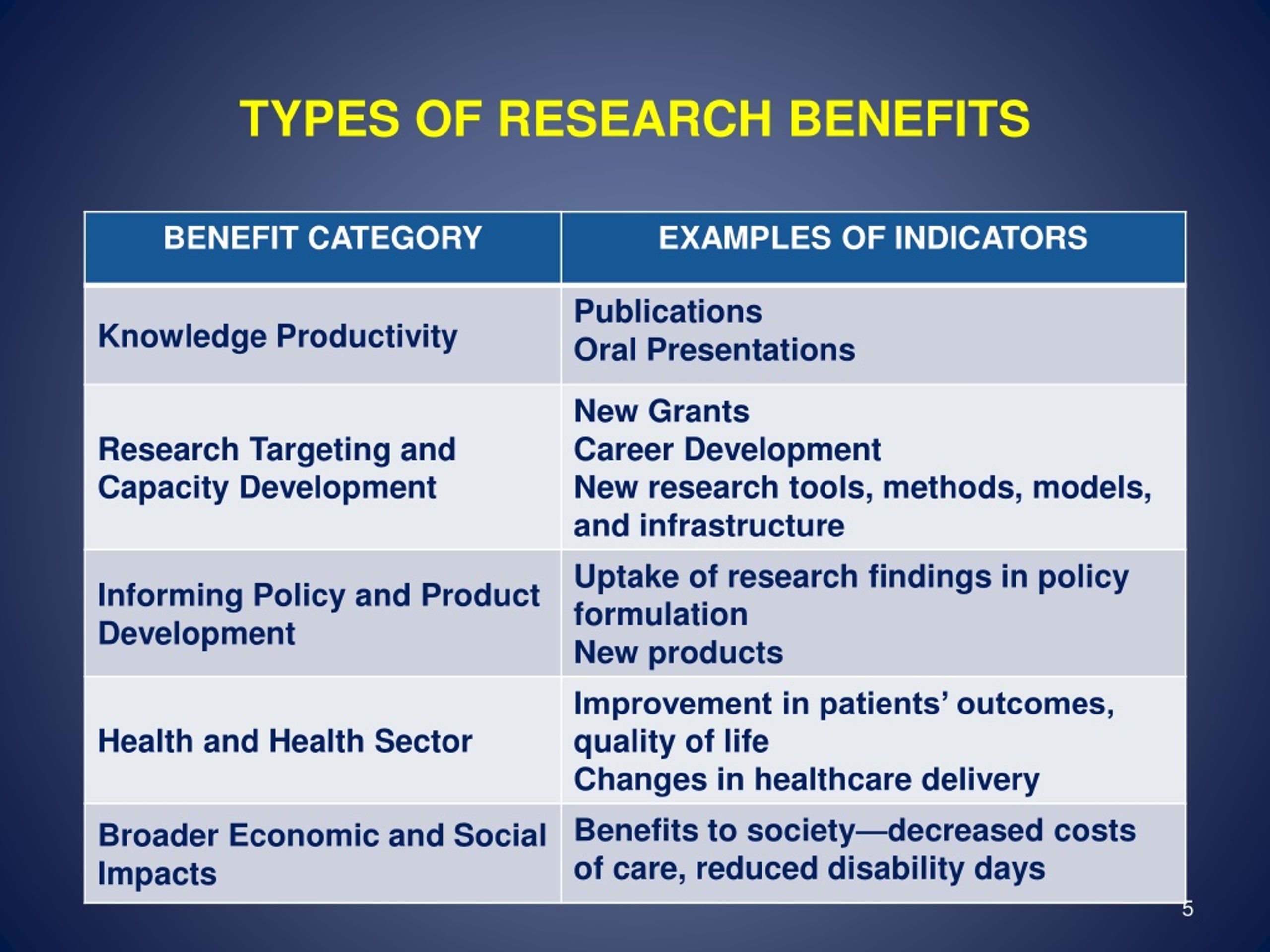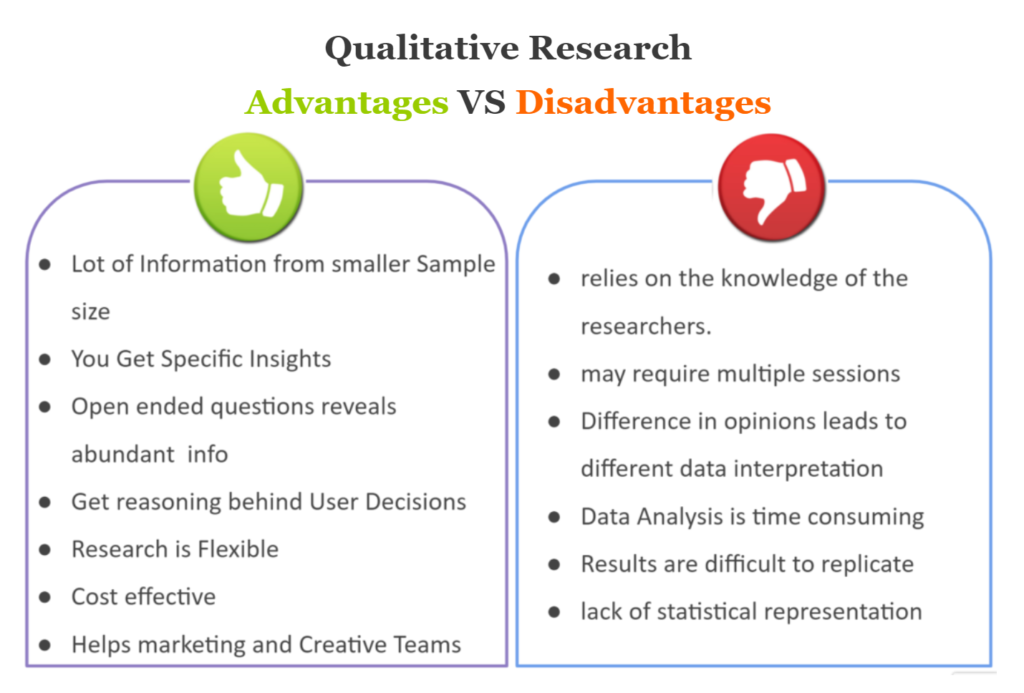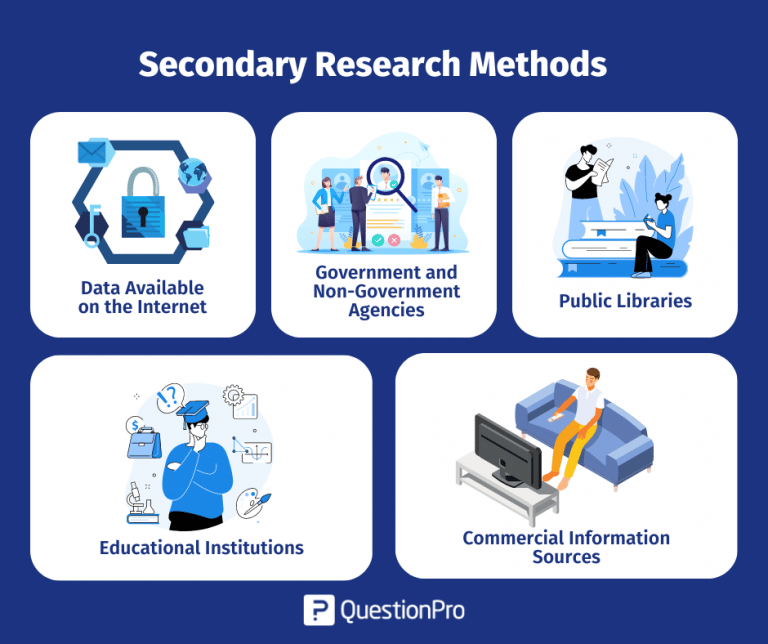Which Of The Following Are Advantages Of Existing Sources Research
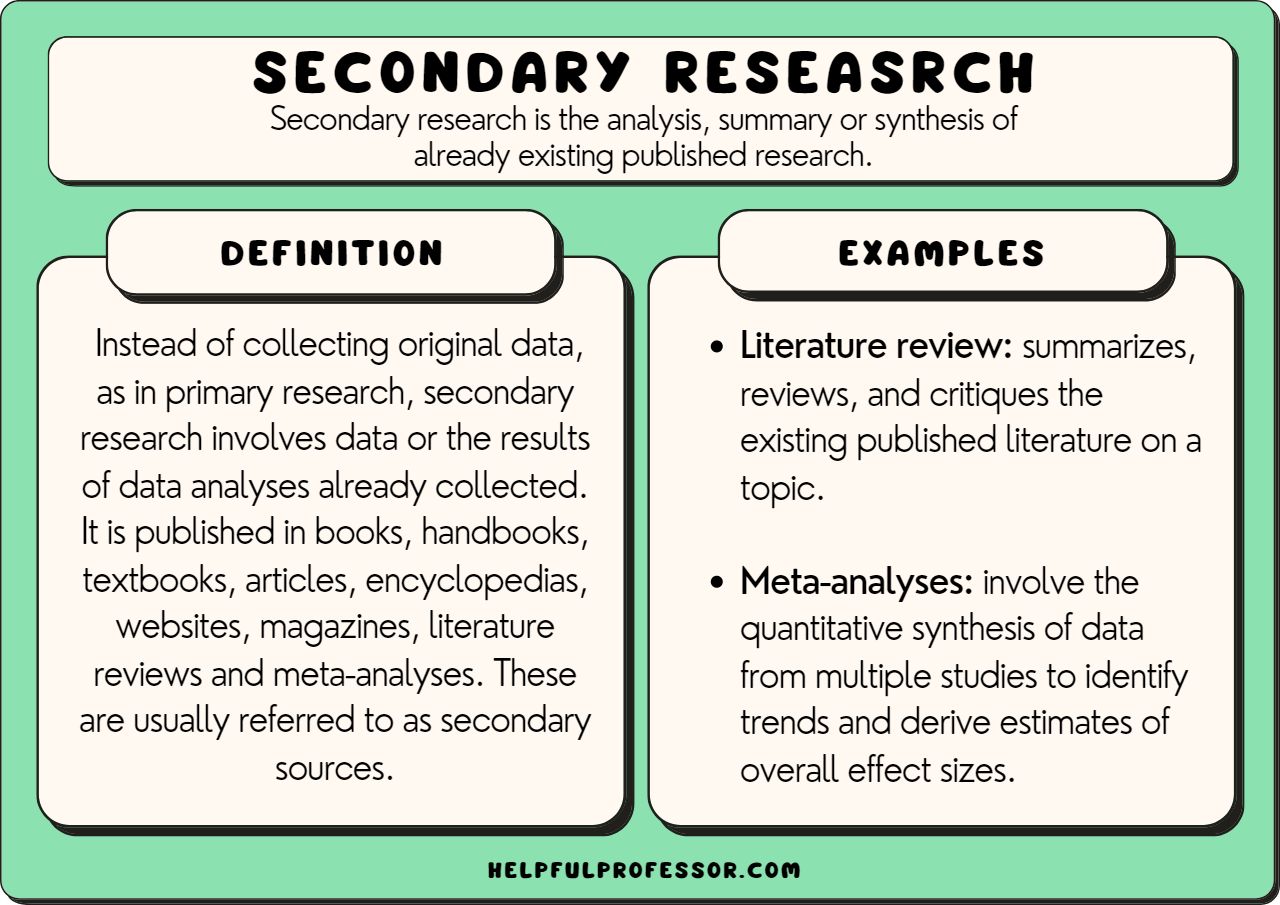
In an era defined by information overload, where data streams from countless sources, the art of efficient and effective research is paramount. Knowing how to leverage existing information, rather than always starting from scratch, can be the key to unlocking insights and making informed decisions. But what exactly are the benefits of tapping into the vast reservoir of existing sources, and when should we prioritize this approach?
The advantages of existing sources research are multifold, offering a potent cocktail of efficiency, cost-effectiveness, enhanced context, and credibility. These advantages, however, are not without caveats, requiring careful evaluation and critical assessment of the sources themselves. This article delves into these advantages, exploring their implications across various fields, from academic inquiry to business strategy and public policy.
Efficiency and Time Savings
One of the most compelling arguments for utilizing existing sources is the significant time savings it offers. Rather than conducting original data collection, researchers can tap into pre-existing datasets, reports, and studies.
This accelerates the research process, allowing for quicker analysis and faster dissemination of findings. Time is a precious resource, and using existing data can free up valuable time for deeper analysis and interpretation.
Cost-Effectiveness
Closely related to efficiency is the cost-effectiveness of relying on existing sources. Original research can be incredibly expensive, involving costs related to survey design, data collection, participant recruitment, and statistical analysis.
Existing datasets, especially those publicly available, dramatically reduce these expenses. This makes research more accessible to individuals and organizations with limited budgets, promoting wider participation and innovation.
Enhanced Context and Historical Perspective
Existing research provides valuable context for current investigations. By reviewing previous studies, researchers can understand the historical evolution of a topic and identify key trends and patterns.
This historical perspective is crucial for interpreting current findings and formulating informed hypotheses. It also helps to avoid reinventing the wheel and building upon established knowledge.
Triangulation and Validation
The use of multiple existing sources allows for triangulation, a powerful technique for validating findings. By comparing results from different studies and datasets, researchers can assess the consistency and reliability of their conclusions.
If multiple sources converge on a similar finding, it strengthens the confidence in that finding. Conversely, discrepancies between sources can highlight areas needing further investigation.
Access to Large-Scale Data
Many existing datasets are large-scale, encompassing vast populations or long time periods. This allows researchers to analyze trends and patterns that would be impossible to detect with smaller, original datasets.
For instance, census data, government statistics, and large-scale surveys provide invaluable insights into societal trends and demographic shifts. Such data is often publicly accessible, making it a powerful tool for researchers across disciplines.
Identification of Research Gaps
A thorough review of existing literature helps researchers identify gaps in knowledge. By understanding what has already been studied, researchers can pinpoint areas where further investigation is needed.
This gap analysis is crucial for ensuring that new research is novel and contributes meaningfully to the existing body of knowledge. Identifying these gaps can also lead to new and innovative research questions.
Facilitating Meta-Analysis
Existing research is essential for conducting meta-analyses, which combine the results of multiple studies to draw broader conclusions. Meta-analysis can increase the statistical power of findings and provide a more comprehensive understanding of a research topic.
By synthesizing the results of numerous studies, meta-analysis can identify consistent patterns and resolve conflicting findings. This makes it a valuable tool for evidence-based decision-making.
Credibility and Authority
Citing credible existing sources lends authority to your own work. Referencing established research and reputable data sources demonstrates that your work is grounded in evidence and aligns with the broader scientific consensus.
This enhances the credibility of your findings and increases the likelihood that your work will be accepted and respected by peers and the public. Reputable sources are the bedrock of sound research.
Caveats and Considerations
Despite these advantages, it's crucial to acknowledge the limitations of existing sources. Data quality can vary significantly, and researchers must carefully evaluate the reliability and validity of each source.
Moreover, existing data may not perfectly align with the specific research question, requiring researchers to adapt their analysis accordingly. Critical evaluation is key.
The Future of Research: Embracing Existing Sources
As the volume of available data continues to grow exponentially, the importance of effectively utilizing existing sources will only increase. Researchers who master this skill will be better equipped to address complex problems and generate valuable insights.
The future of research lies in embracing a hybrid approach, combining the strengths of existing sources with targeted original data collection when necessary. This approach will maximize efficiency, minimize costs, and accelerate the pace of discovery, ultimately leading to a more informed and evidence-based world.

